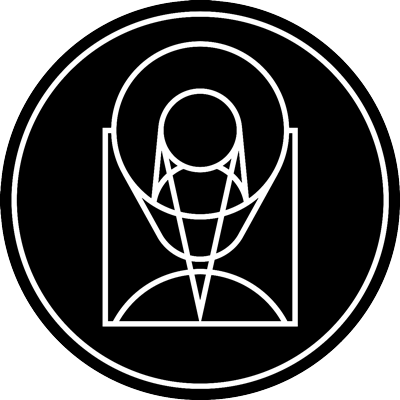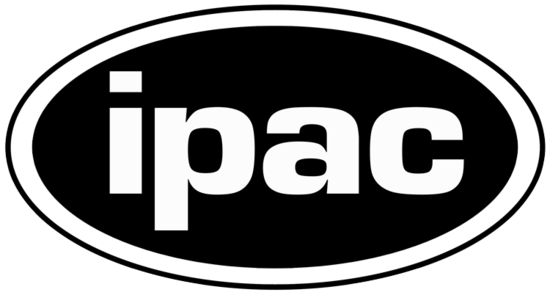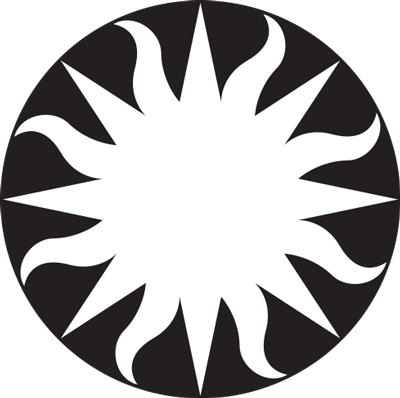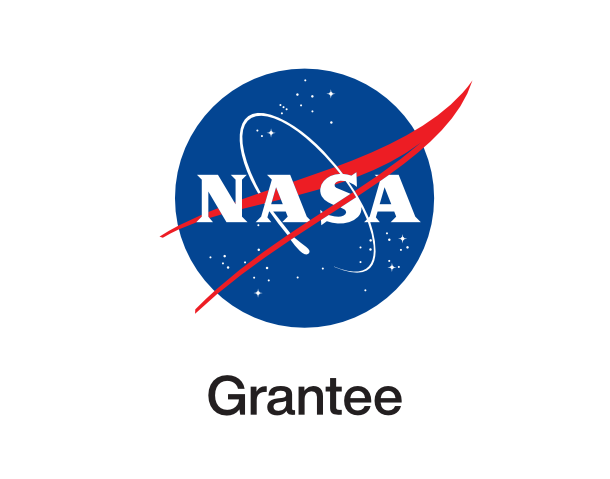The young stars of Taurus

esahubble_potw2526a June 30th, 2025
Credit: ESA/Hubble & NASA, G. Duchêne
The subject of this week's Hubble Picture of the Week is a reflection nebula, identified as GN 04.32.8. Reflection nebulae are clouds of dust in space that don't emit their own light, as other nebulae do. Instead, the light from nearby stars hits and scatters off their dust, lighting them up. Because of the way the light scatters, many reflection nebulae tend to appear blue, GN 04.32.8 included. GN 04.32.8 is a small part of the stellar nursery known as the Taurus Molecular Cloud. At only roughly 480 light-years from Earth in the constellation Taurus, it's one of the best locations for studying newly forming stars. This reflection nebula is illuminated by the system of three bright stars in the centre of this image, mainly the variable star V1025 Tauri in the very centre. One of those stars overlaps with part of the nebula: this is another variable star that is named HP Tauri, but is classified as a T Tauri star, for its similarity to yet another variable star elsewhere in the Taurus Molecular Complex. T Tauri stars are very active, chaotic stars at an early stage of their evolution, so it's no surprise that they appear in a prolific stellar nursery like this one! The three stars are also named HP Tau, HP Tau G2 and HP Tau G3; they’re believed to be gravitationally bound to each other, forming a triple system. Eagle-eyed viewers might notice the small, squashed, orange spot, just left of centre below the clouds of the nebula, that’s crossed by a dark line. This is a newly-formed protostar, hidden in a protoplanetary disc that obstructs some of its light. Because the disc is edge-on to us, it’s an ideal candidate for study. Astronomers are using Hubble here to examine it closely, seeking to learn about the kinds of exoplanets that might be formed in discs like it. [Image Description: A long, smoky, greyish-blue cloud in the centre of the image curves in an arc around three bright stars, each with long cross-shaped diffraction spikes. The cloud is lit more brightly on the inner side facing the stars, and fades into the dark background on the outer side. A few other stars and points of light surround the cloud: one small star below it has a dark band crossing its centre.] Links Pan: GN 04.32.8
Provider: Hubble Space Telescope | ESA
Image Source: https://esahubble.org/images/potw2526a/
Curator: ESA/Hubble, Baltimore, MD, United States
Image Use Policy: Creative Commons Attribution 4.0 International License

- ID
- potw2526a
- Subject Category
- Subject Name
- GN 04.32.8
- Credits
- ESA/Hubble & NASA, G. Duchêne
- Release Date
- 2025-06-30T06:00:00
- Lightyears
- Redshift
- Reference Url
- https://esahubble.org/images/potw2526a/
- Type
- Observation
- Image Quality
- Distance Notes
- Facility
- Hubble Space Telescope, Hubble Space Telescope, Hubble Space Telescope, Hubble Space Telescope
- Instrument
- WFC3, WFC3, WFC3, WFC3
- Color Assignment
- Blue, Green, Green, Red
- Band
- Optical, Optical, Optical, Optical
- Bandpass
- V, V, I, I
- Central Wavelength
- 606, 606, 814, 814
- Start Time
- Integration Time
- Dataset ID
- None, None, None, None
- Notes
- Coordinate Frame
- ICRS
- Equinox
- J2000
- Reference Value
- 68.97821513052934, 22.90458047110837
- Reference Dimension
- 3644.0, 3880.0
- Reference Pixel
- 1822.0, 1940.0
- Scale
- -1.1022607724838071e-05, 1.1022607724838071e-05
- Rotation
- 53.160000000000075
- Coordinate System Projection:
- TAN
- Quality
- Full
- FITS Header
- Notes
- Creator (Curator)
- ESA/Hubble
- URL
- https://esahubble.org
- Name
- Telephone
- Address
- ESA Office, Space Telescope Science Institute, 3700 San Martin Dr
- City
- Baltimore
- State/Province
- MD
- Postal Code
- 21218
- Country
- United States
- Rights
- Creative Commons Attribution 4.0 International License
- Publisher
- ESA/Hubble
- Publisher ID
- esahubble
- Resource ID
- potw2526a
- Resource URL
- http://esahubble.org/media/archives/images/original/potw2526a.tif
- Related Resources
- Metadata Date
- 2025-07-01T16:25:32.055876
- Metadata Version
- 1.1
Detailed color mapping information coming soon...













